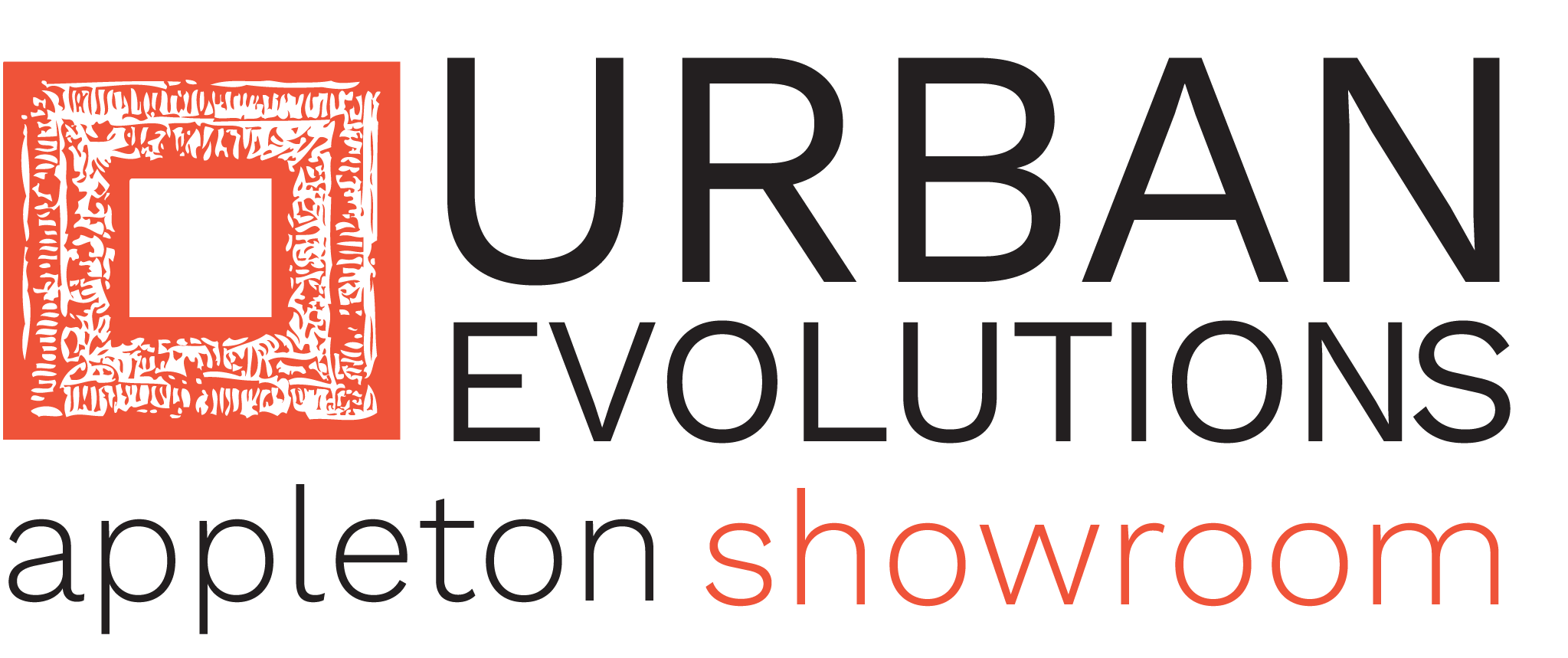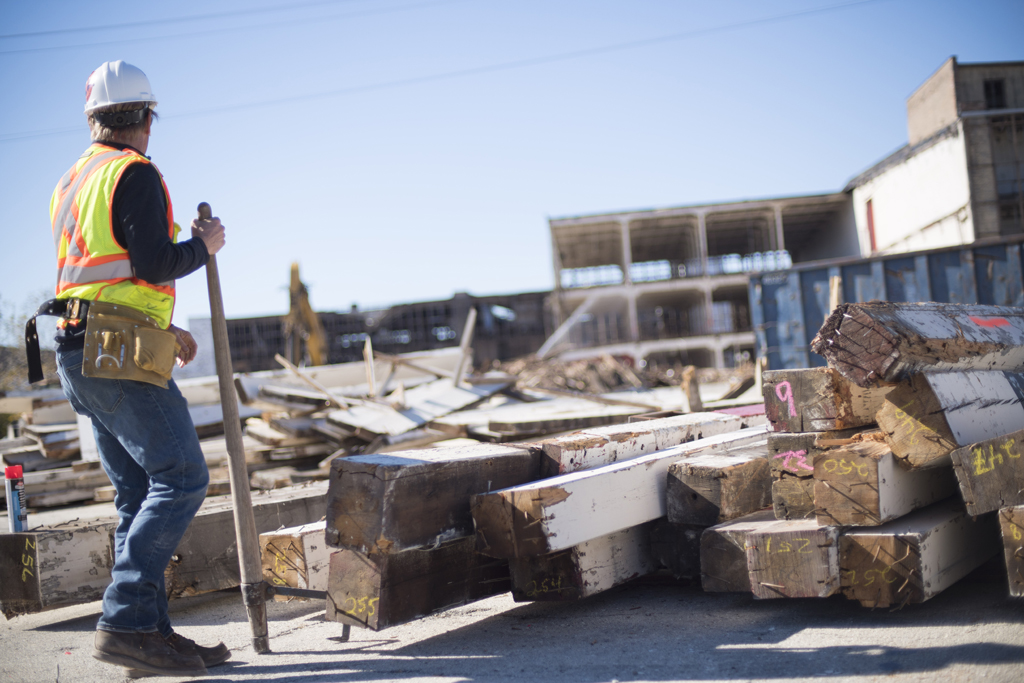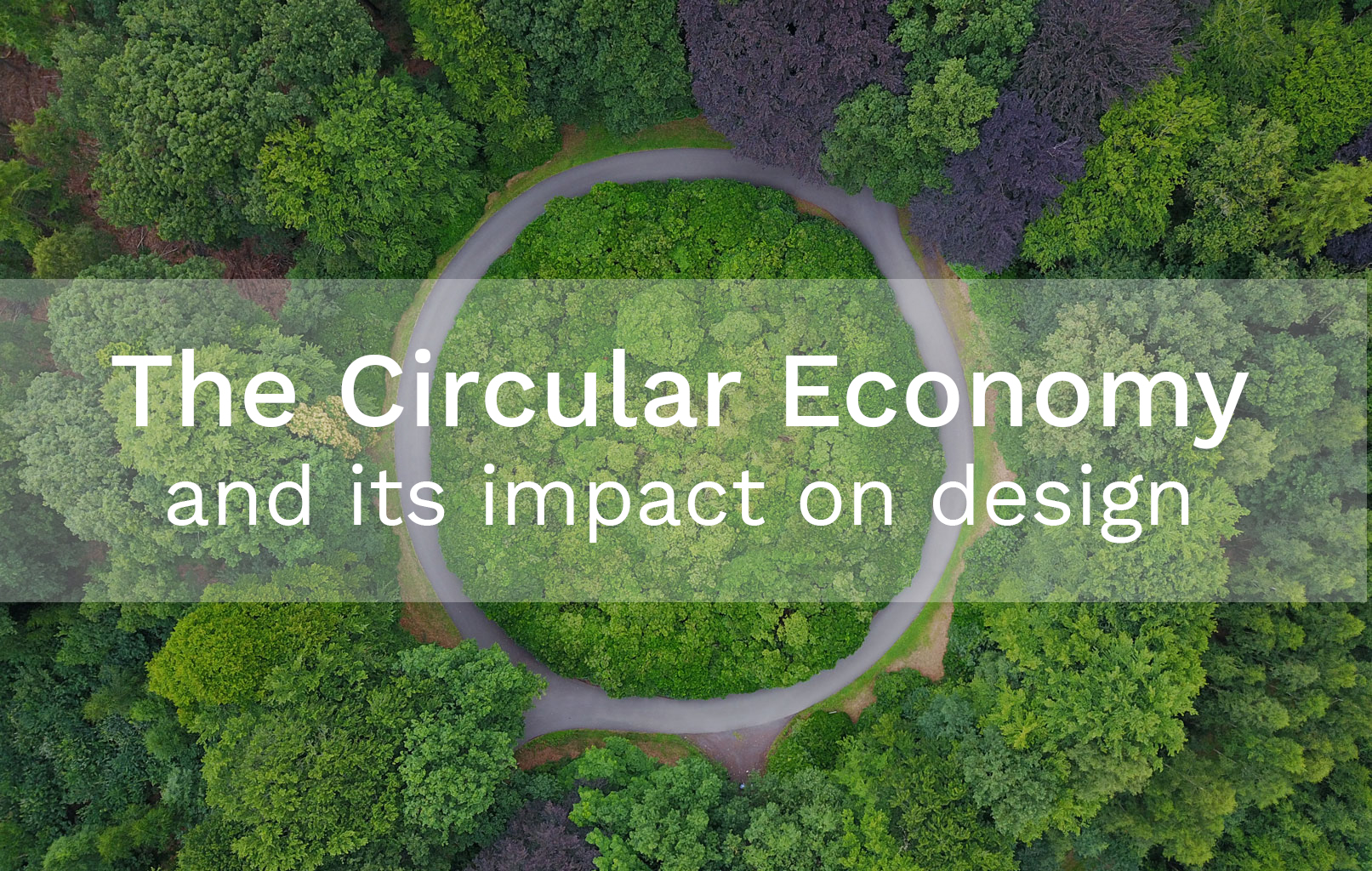
Nassia Inglessia, artist, engineer, and designer, challenges us to “live within our planetary limits.” In the architectural and design world, the circular economy may hold the answer.
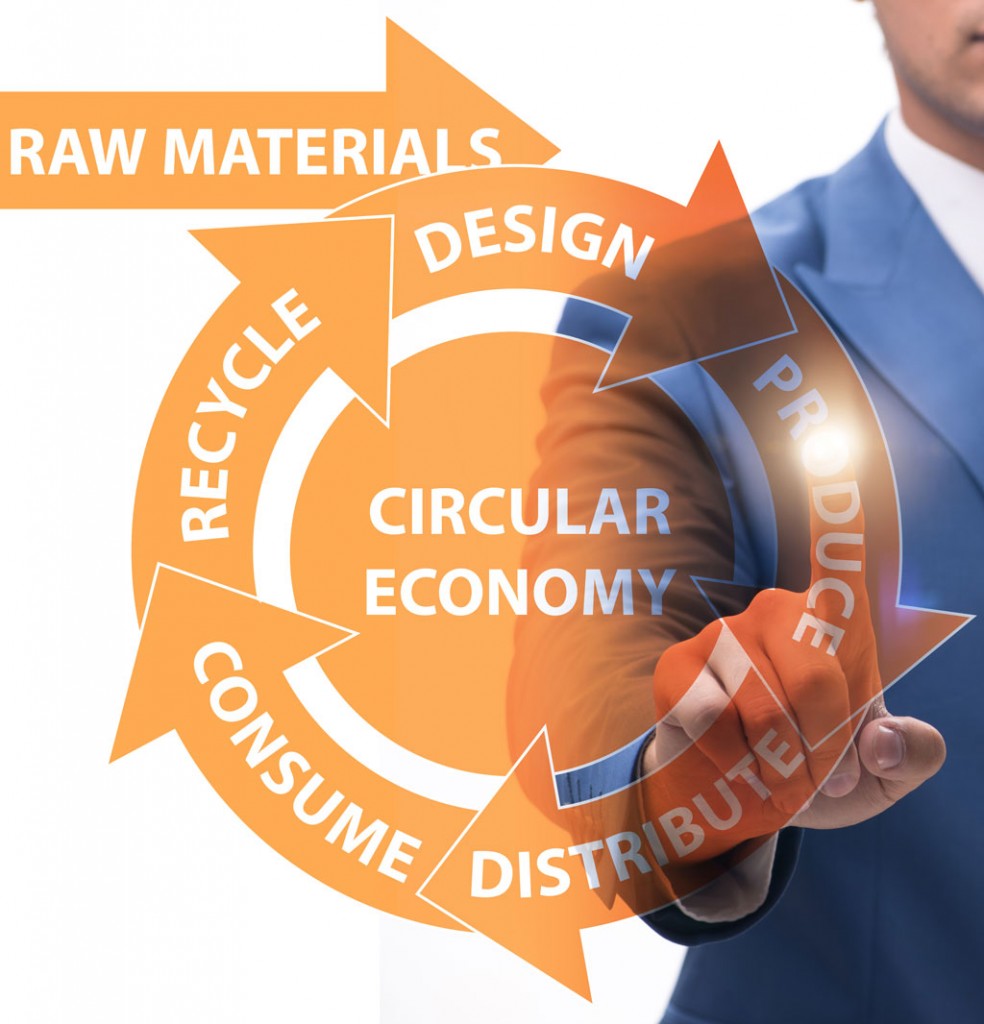
In a circular economy, waste does not exist.
The goal is to create a healthy economy for all people and the planet so materials that are used to construct products and buildings are kept in circulation.
In the design community, circular economic principles are creating a sea change in how designers conceive of and interact with their materials at every stage of product and building development.
Living within our planetary limits can and should direct and, in fact, limit our choices for materials.
However, following the old adage that necessity is the mother of invention, these limits are inevitably leading to the discovery and creation of new, reusable, planet–healthy materials, spurring a renaissance in the world of sustainable material design and development.
Let’s review and compare progress in product design and architectural design.
Product Design
In the design phase of the circular economy, products are created to last and built with quality, recyclable content. When items have outlived their use, they and/or the materials they are made of, are recycled into new products. To minimize the amount of energy used in recycling, products are disassembled and reassembled with some ease.
Big strides have been made in products designed with circular economic principles in mind. In fact, these products are all around us. Registries and certification bodies have been created, such as the C2C Centre, to help distinguish and promote these planet-healthy products.
Here are a few examples:
- Loose Lay carpeting from companies like Tarkett Carpeting, where no glue is required for installation and is 100% recyclable, due to its ecobase-backing and regenerative yarn pigments.
- Method Cleaning offers environmentally healthy, personal care and cleaning products using planet-healthy ingredients, processed in a way that minimizes demand on water and energy and maximizes material recovery.
- Shaw Sports Turf Pads are made from recycled playing surfaces.
- Purell has introduced a hand soap that is 90% bio-based content and saves an estimated six gallons of water per refill compared to regular soaps.
- Patagonia Worn Wear takes back worn items and resells to consumers. They also supply collection bins at stores across the globe for items to enter their repair program. In cases where the item cannot be repaired or reused, they have a material recycling stream.
For more products, visit http://www.c2c-centre.com/products.
Architectural Design
Where individual product design has made some nice strides, the circular economy’s influence upon architectural design is just beginning.
The built environment contributes 40% to the world’s Carbon Footprint. That is more than transportation and more than the world’s total industrial impact.
The “built environment” refers specifically to the construction and demolition industries as well as building operations and maintenance. While great improvements have been made in limiting the carbon used to run buildings, called operational carbon, the design and construction world is starting to consider how to impact embodied carbon, the carbon it takes to make the stuff and structures we create.
There are several strategies in architecture to reduce the built environment’s carbon footprint, many targeted at embodied carbon.
-
Deconstruction vs Demolition
Deconstruction and reclamation is an alternative to traditional demolition. Workers dismantle all or part of buildings with an eye for preserving historic and/or materials with integrity for reintegration in the current project or to inventory for future reuse. If there is adequate lead time, deconstruction teams can recycle and repurpose up to 90% of the entire structure.
-
Design for Disassembly
Design for disassembly is a fundamental principle that informs decisions and material choices, changing how materials are joined together and how they are layered in a way that is accessible, reversible, and robust. In architecture, it is the design of buildings to facilitate future changes and dismantlement (in part or whole) for recovery of systems, components and materials, thus ensuring the building can be recycled as efficiently as possible at the end of its lifespan. Visit https://www.archdaily.com/943366/a-guide-to-design-for-disassembly to learn more.
-
Mass Timber Construction
Mass timber construction replaces structural steel and concrete with structural wood products. The production of one ton of concrete emits nearly one ton of carbon dioxide into the atmosphere, while sustainable wood production actually sequesters carbon.
Further sustainable design trends in architecture include:
- Modularity
- Recyclable plastics – light weight, long lasting, and sanitary
- Interiors in wood
- Visibility of connections
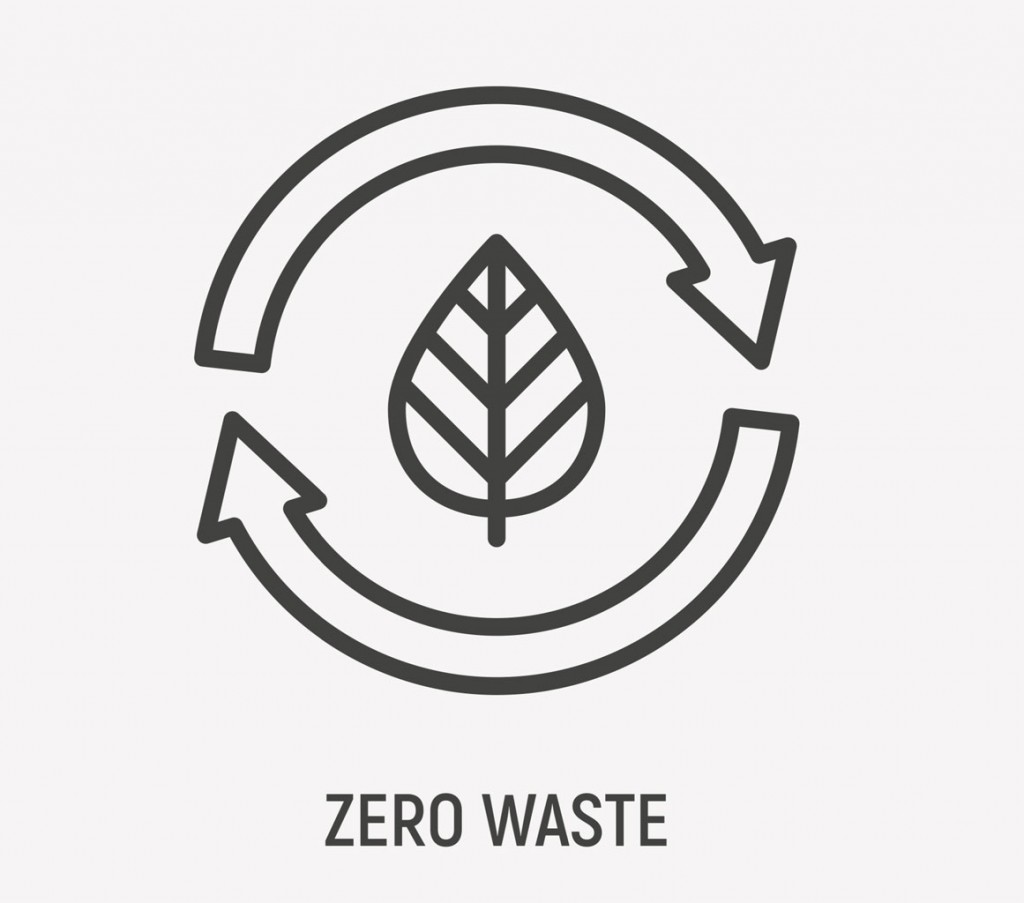 Adapting circular economic principals is one way the design community is answering the call to create a healthy planet and halt or reverse global warming.
Adapting circular economic principals is one way the design community is answering the call to create a healthy planet and halt or reverse global warming.
This includes thinking not simply at a product scale, but at an architectural scale.
These principles are moving companies like Urban Evolutions to think beyond focusing on one step in the process, in our case reclaiming materials, and considering how those same materials will simply and robustly remain in circulation far beyond the current project.
Find out more about our efforts and contact us for more information.
Additional Resources:
https://www.dezeen.com/2020/12/11/tarlett-circular-economy-talk
https://www.dezeen.com/2021/01/27/dassault-systemes-architecture-nature-technology-talk/
Contact Us
